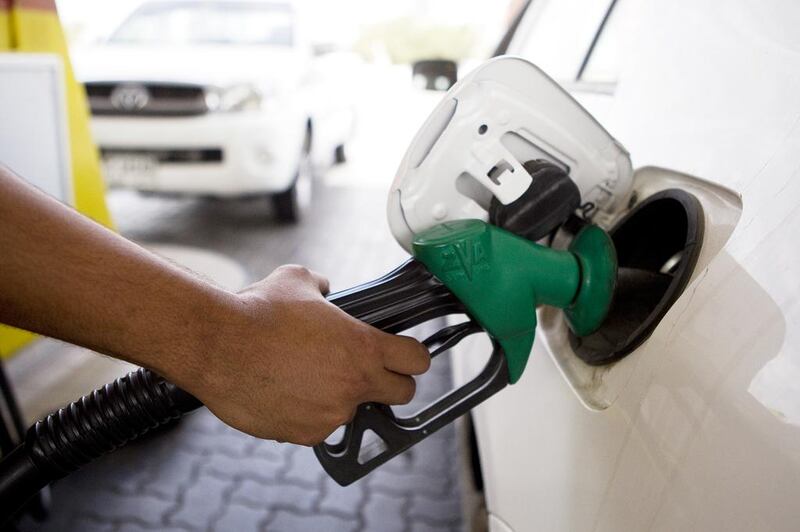The fiscal deficit in the Arabian Gulf region is expected to widen to 12.5 per cent of regional GDP this year, as low oil prices eat into government revenue, according to the ratings agency Moody's.
The fiscal deficit will widen from 9 per cent last year as the international oil benchmark, Brent, has lost nearly 65 per cent of its value to about US$41 per barrel since mid-2014.
“Lower public spending is likely to weigh on economic growth in 2016, although we expect it to remain positive as oil production is sustained and expenditure cuts are implemented only gradually,” Mathias Angonin, an analyst at Moody’s, said in a report.
“However, lower oil prices will also affect GCC public finances, eroding their fiscal reserve buffers and increasing debt levels. We also increasingly view the GCC as a two-tier region.”
Gulf governments last year dipped into bank deposits, tapped their foreign reserves and sold local bonds to meet their fiscal needs amid a sharp drop in oil prices. Some countries, including Saudi Arabia, have indicated that they plan to tap the international bond market this year to help plug their fiscal deficits.
This month, Moody’s put Kuwait, Saudi Arabia, the UAE, Bahrain, and Qatar under review for a cut. The rating for Bahrain was downgraded and also placed on review
Oman was cut for the first time by Moody’s last month and the rating is also under review for a further downgrade.
Moody’s expects the fiscal deterioration in Saudi Arabia, Bahrain and Oman to be faster than in the UAE, Qatar and Kuwait because of the ample reserves that the last three countries have, which will give them time to adjust to a low oil price environment.
Government debt is also forecast to rise to finance the fiscal deficit as financial assets drop, with a projected increase in external debt.
Moody’s projects Bahrain and Oman to have the biggest increase in government debt-to-GDP, which is forecast to rise to 35, and 18 percentage points this year from 2014 levels.
The ratings agency expects medium-term reforms will contribute “to relieving pressure on government balance sheets and will determine GCC sovereigns’ fiscal trajectory”.
Gulf governments have resorted to spending cuts, removal of energy and electricity subsidies and other reforms to cope with the low oil price environment.
They plan to introduce a value-added tax (VAT) in 2018.
Moody’s estimates that savings in the Gulf from increased fuel prices and VAT will average 2.5 per cent of GDP.
The reduction of subsidies on electricity and energy prices in the Gulf region will also help utilities improve their standalone credit rating, Moody’s said.
“The low oil price environment could potentially lead to utilities facing higher funding costs in the future if bank lending were to become constrained,” Julien Haddad, a Moody’s analyst, said in a separate report. “However, it is also adding momentum to existing efforts that are likely to improve GCC utilities’ standalone credit quality over time.”
The opportunity cost – the difference between a benchmark price, such the US price and the domestic energy price, scaled by consumption volumes – for the Gulf region was 5.2 per cent of GDP last year.
In addition, the Gulf is one of the largest per capita consumers of energy.
Gulf countries consumed 9.2 tonnes of oil equivalent (TOEs) per capita in 2014, as compared with a world average of 4 TOEs per capita, according to the IMF.
“We expect firms to benefit from greater operating efficiencies, which along with the tariff hikes could lead to a rationalisation of power consumption in the region and enable companies to enhance their capital expenditure planning,” Mr Haddad said.
Oman has the highest subsidies for residential consumers of electricity and Dubai the lowest, based on the actual cost per kilowatt hour, according to Moody’s.
dalsaadi@thenational.ae
Follow The National's Business section on Twitter





